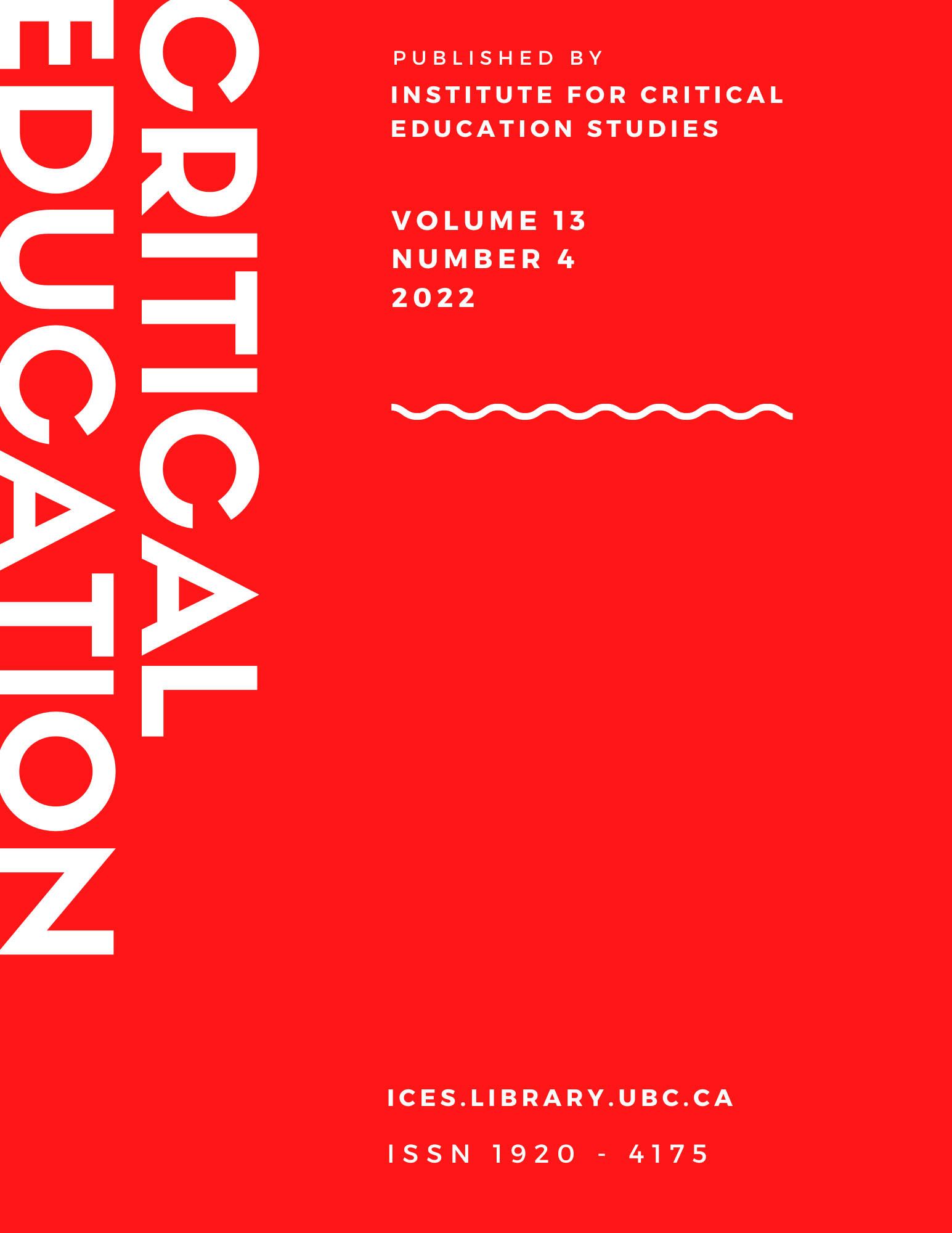After the Dust Has Settled:
Enduring Teacher Unionism
DOI:
https://doi.org/10.14288/ce.v13i4.186622Keywords:
teacher unions, teacher organizations, organizational theory, social movement theory, Canadian teacher organizationsAbstract
The question this article attempts to answer is, how can teacher unions take advantage of the opportunities afforded by their organizational structures while minimizing the factors that have stood in the way of educational and societal change? Drawing from examples of teacher unions’ strategies from studies of several organizations outside of the United States, it provides examples of how teacher unions have “crafted coherence” between their inner dimensions and outward-looking strategies, and contributes to the advancement of critical education by recommending ways that teacher organizations can more effectively support social justice and social change.Downloads
Published
2022-10-15
Issue
Section
Contemporary Educator Movements: Transforming Unions, Schools, and Society
License
Copyright (c) 2022 Nina Bascia, Sachin Maharaj

This work is licensed under a Creative Commons Attribution 4.0 International License.
Authors who publish with Critical Education agree to the following terms:
- Authors retain copyright and grant the journal right of first publication with the work simultaneously licensed under a Creative Commons Attribution License that allows others to share the work with an acknowledgement of the work's authorship and initial publication in this journal.
- Authors are able to enter into separate, additional contractual arrangements for the non-exclusive distribution of the journal's published version of the work (e.g., post it to an institutional repository or publish it in a book), with an acknowledgement of its initial publication in this journal.
- Authors are permitted and encouraged to post their work online (e.g., in institutional repositories or on their website) prior to and during the submission process, as it can lead to productive exchanges, as well as earlier and greater citation of published work (See The Effect of Open Access).












